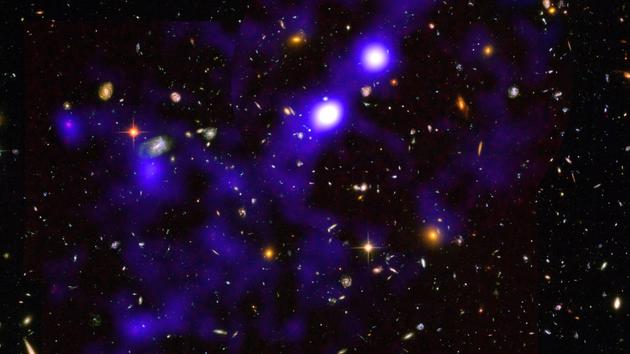Imagine for a moment riding a grain of light, the fastest object in the universe.
You are spinning at nearly 300,000 km per second.
At this speed, it only takes you a little over a second to get to the Moon and three minutes to reach Mars (in the best orbital configuration possible).
But even so, it would still take you several hours to get out of the Solar System and over four years to reach the star closest to us, Proxima Centauri!
And it's still nothing.
On the back of a photon, it would take more than 100,000 years to cross our galaxy, the Milky Way, which contains hundreds of billions of stars.
And it is in millions of years (2.55 to be precise) that the travel time would be calculated to reach Andromeda, the closest galaxy of size comparable to ours.
Read also:
Near us, a strange cosmic wave where stars are born
This can already make you dizzy.
And yet we have only started this imaginary journey towards the infinitely large.
Our galaxy and
This article is for subscribers only.
You have 86% left to discover.
Pushing back the limits of science is also freedom.
Keep reading your article for € 1 for 2 months
I ENJOY IT
Already subscribed?
Log in

